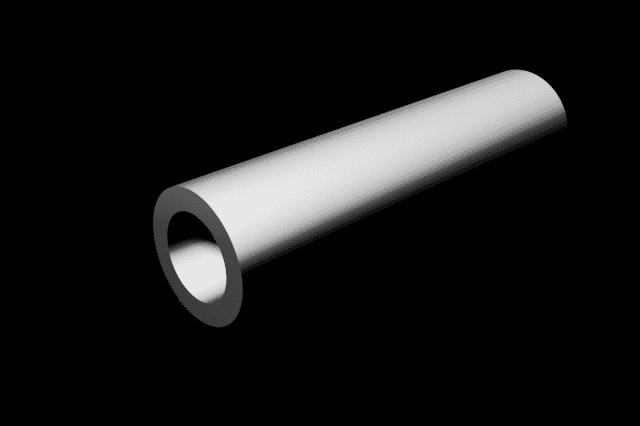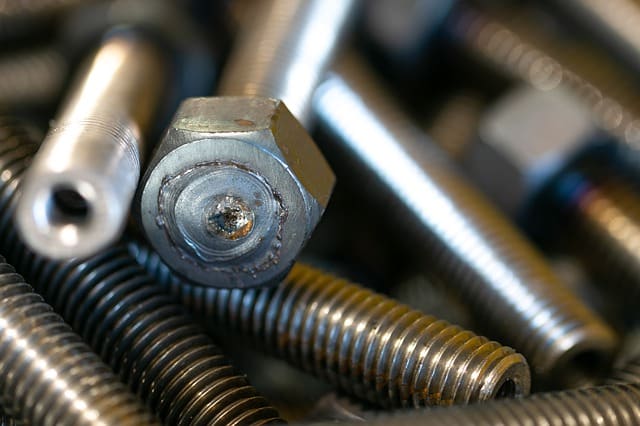
In its basic form, a bolt is a hollowed-out steel cylinder.
The notion of bolt comes from the French word boulon . The first meaning recognized by the Royal Spanish Academy ( RAE ) in its dictionary refers to an element that is used as a bolt or pin with the aim of achieving the union of two pieces.
engine bolt
In an engine , a bolt is a type of hollow cylinder that allows the articulation of the piston and connecting rod , supporting a great effort and thermal load. Due to constant friction , the bolt suffers intense wear.
Engine bolts are made of steel and, during operation, are lubricated with oil . It is possible to differentiate between fixed bolts , semi-floating bolts and floating bolts .
From door
The door bolts, meanwhile, are cylindrical devices that join the leaf and the frame . They are located in the latches and locks : when the door is locked, the bolts come out of the latches and locks and enter the frame, securing it. Thus, without using the key, it is not possible to open the door.
A big screw
In several South American countries, on the other hand, a large screw whose head has a round shape is called a bolt. The thread of the bolts is only found in the extreme sector of the body.
Generally each bolt comes with a washer . The manipulation of the bolts is carried out with specific wrenches .
The mentioned characteristics allow us to differentiate between bolts and conventional screws. The bolts are larger; They are adjusted with special wrenches and not screwdrivers; and they do not usually have threads throughout their body.
Adhesion bolt
It is also known as adhesion anchor bolt . It is characterized by having a constant adhesion and not depending on normal tension. It can be distinguished from others because it has a filler in the part between the hole in the drilling and the bolt itself, which can be resins, cement grout or other adhesive products.
If a resin is used, then it must also consist of some catalyst agent to make it hard. For tunnels , the use of cement slurries is not common because this material requires too much time to set; However, it can be used if the bolt is self-drilling or long. This group includes the bar and the self-drilling.
The bar bolt is made up of corrugated steel bars with a diameter that is usually between 25 and 32 millimeters. The most used steel for this type of bolt is type B 500 and is capable of supporting a load of between 14 and 25 tons. Regarding its length, it ranges from 4 to 6 meters, but it is possible to make it longer by means of splices , for example.
Regarding the self-drilling bolt, we can say that it has a drill tip that is used to drive into the ground. In addition, it allows its extension to be expanded through threaded joints. It is used on low quality terrain whose walls are not stable. Its diameter is similar to that of the bar bolt.

A hexagonal head bolt
Friction bolt
The adhesion of a friction bolt is achieved by pressing it against the rock. The two most common types are Swellex and Split-Set . The first is a trade name given by the Atlas Copco company and is a hollow tube that has a longitudinal bend. It can be expanded inside the cavity with high-pressure water, so that the tube adapts to any irregularity in the drilling and resists friction very effectively.
The Split-Set pin, a trademark of Ingersoll Rand , is hammered into a perforated cavity whose diameter is smaller than that of the pin. It is not widely used in civil works because it requires a rock with very specific properties and its capacity is reduced.
